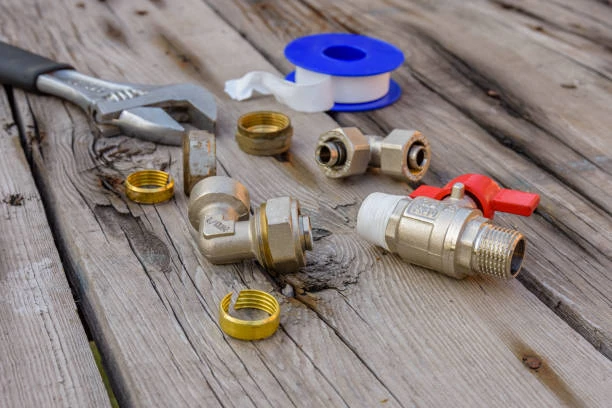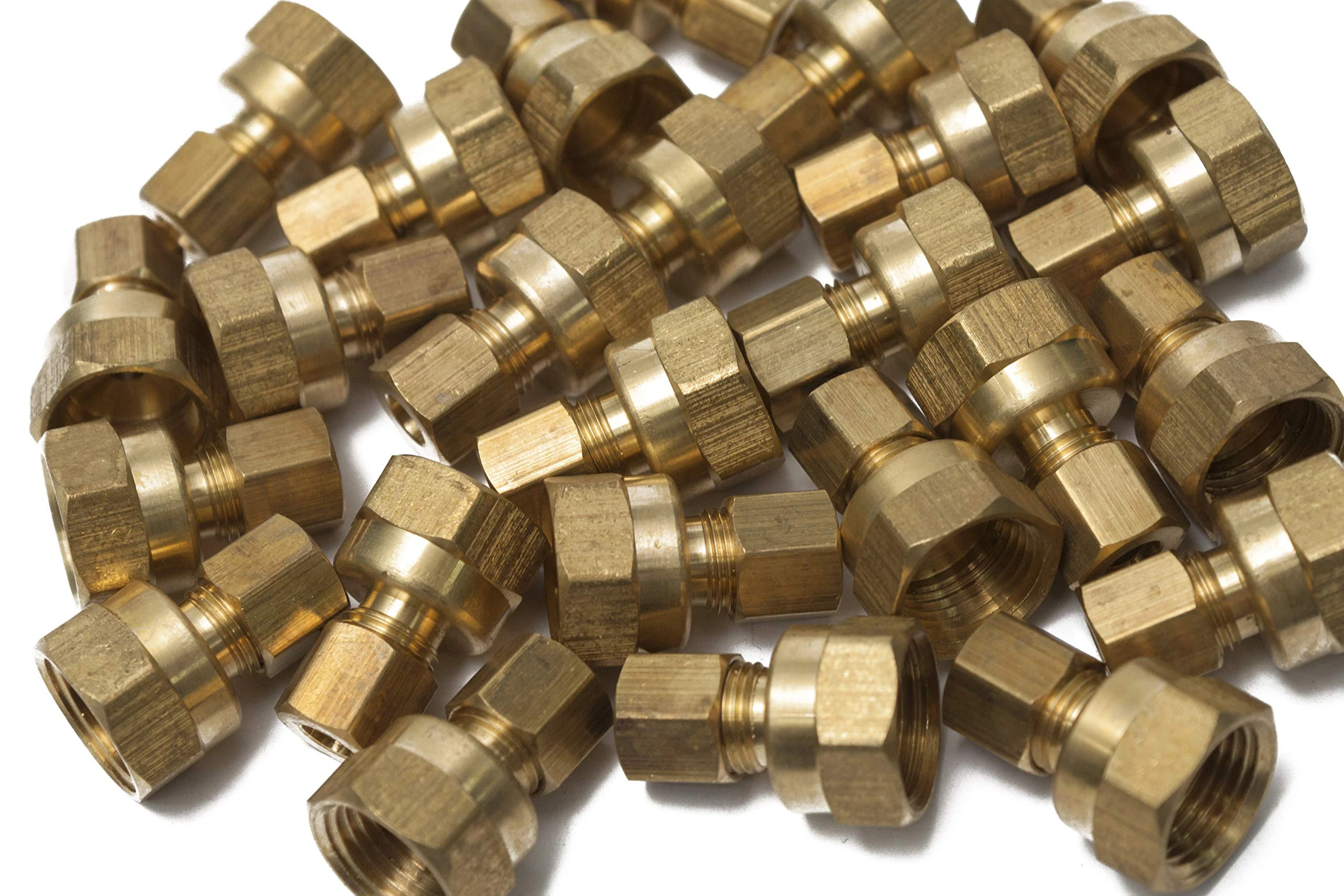As homeowners increasingly focus on sustainability, choosing the right plumbing materials becomes crucial. Brass pipe fittings stand out as an excellent option for those looking to combine durability, efficiency, and eco-friendliness in their plumbing systems. In this article, we’ll explore the benefits of brass pipe fittings and why they are a smart choice for eco-conscious homeowners.
What Are Brass pipe fittings?
Brass pipe fittings are components used to connect, redirect, or terminate piping systems. Made from an alloy of copper and zinc, brass fittings offer several advantages over other materials, such as plastic or galvanized steel. They come in various shapes and sizes, suitable for different plumbing applications.
Why Choose Brass pipe fittings?
1. Durability and Longevity
One of the primary advantages of brass pipe fittings is their durability. Brass is resistant to corrosion and can withstand high pressures and temperatures, making it an ideal choice for both hot and cold water systems. Unlike plastic fittings, which can degrade over time, brass fittings can last for decades, reducing the need for frequent replacements and minimizing waste.
2. Eco-Friendly Material
Brass is a sustainable choice for plumbing systems. Its components—copper and zinc—are abundant and recyclable. When you choose brass fittings, you’re supporting a material that can be reused indefinitely without losing its properties. This contributes to a circular economy and reduces the environmental impact associated with producing new materials.
3. Health and Safety
Brass fittings are often free from harmful chemicals found in some plastics, such as bisphenol A (BPA). They also have natural antimicrobial properties, which can help inhibit the growth of bacteria and other pathogens in your plumbing system. This can contribute to cleaner, safer drinking water for your family.
4. Energy Efficiency
Brass fittings enhance the efficiency of plumbing systems. Their ability to handle high temperatures means less energy is needed to heat water in hot water systems. Additionally, brass fittings create tight seals, reducing the risk of leaks. By minimizing water loss, you not only conserve a precious resource but also lower your water bill.

Installing Brass pipe fittings: A Sustainable Choice
When installing brass pipe fittings, it’s essential to follow best practices to ensure they function optimally and maintain their eco-friendly benefits. Here’s a step-by-step guide:
1. Gather Your Tools
Before you start, ensure you have the right tools, including a pipe cutter, wrench, pipe thread sealant, and the necessary brass fittings. Having everything ready will streamline the installation process.
2. Measure and Cut
Use a pipe cutter to measure and cut your pipes accurately. Ensuring a precise fit reduces the need for additional fittings and minimizes waste.
3. Prepare the Threads
If your brass fittings require threaded connections, wrap the male threads with pipe thread sealant. This helps create a watertight seal and prevents leaks.
4. Connect the Fittings
Carefully connect the fittings to the pipes, making sure to tighten them securely with a wrench. Avoid over-tightening, as this can damage the fittings and lead to leaks.
5. Test for Leaks
Once installed, turn on the water supply and check for leaks. If you notice any, tighten the fittings slightly or apply more sealant as necessary.
Maintenance Tips for Brass Pipe Fittings
To ensure the longevity and efficiency of your brass fittings, regular maintenance is crucial:
- Inspect for Corrosion: Periodically check for signs of corrosion or wear. While brass is resistant to corrosion, it’s not entirely immune.
- Clean Regularly: Use a soft cloth to clean the fittings and remove any debris. Avoid harsh chemicals that can damage the brass.
- Check Seals: Regularly inspect the seals for any signs of wear or leaks. Promptly addressing issues can prevent more significant problems down the line.
Brass pipe fittings Conclusion
Brass pipe fitting are an excellent choice for eco-conscious homeowners looking to create a sustainable plumbing system. With their durability, recyclability, and health benefits, they contribute to a more environmentally friendly home. By investing in brass fittings, you’re not only making a smart plumbing choice but also supporting a sustainable future.
Frequently Asked Questions (FAQs)
- What are the benefits of using brass pipe fitting over plastic?
- Brass fittings are more durable, resistant to corrosion, and have natural antimicrobial properties, making them a safer choice for plumbing systems.
- Are brass fittings recyclable?
- Yes, brass fittings are made from recyclable materials, contributing to a circular economy and reducing waste.
- How do I maintain brass pipe fittings?
- Regularly inspect for corrosion, clean with a soft cloth, and check seals for leaks to ensure their longevity.
- Can brass fittings be used for both hot and cold water systems?
- Yes, brass fittings are suitable for both hot and cold water systems due to their durability and resistance to high temperatures.
- Are there any health concerns with brass fittings?
- Brass fittings are generally safe, being free from harmful chemicals found in some plastics and offering antimicrobial properties that help keep drinking water clean.


















